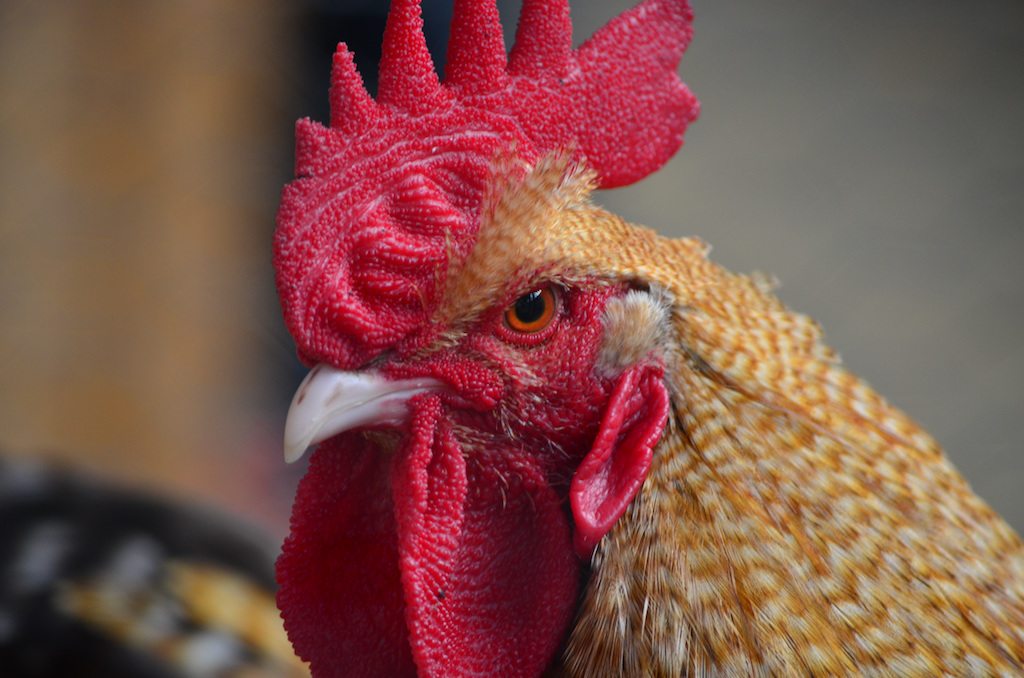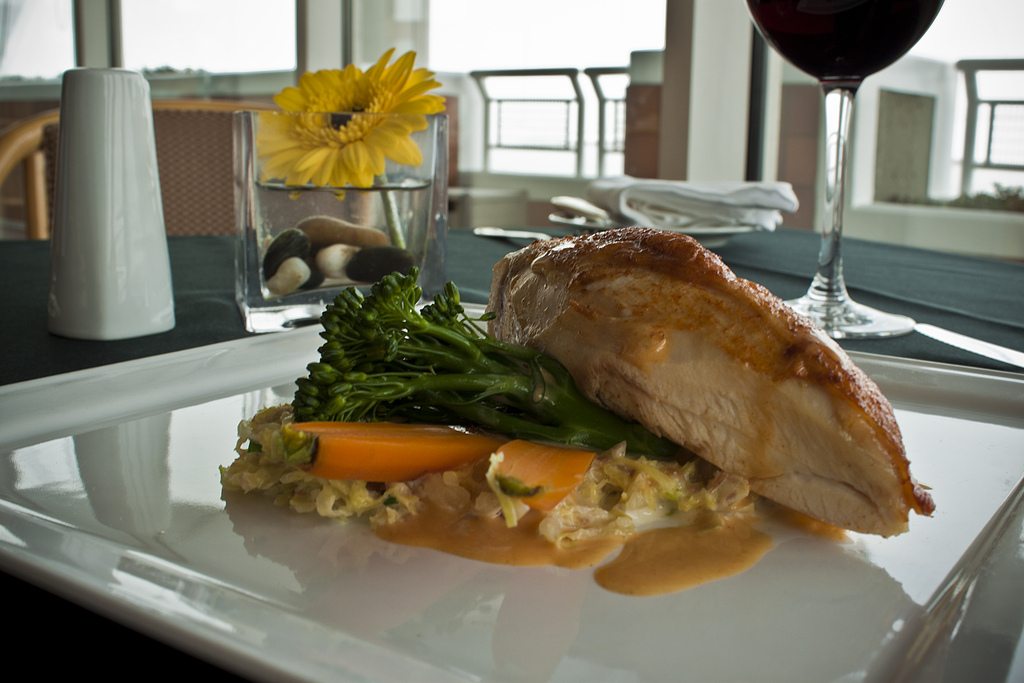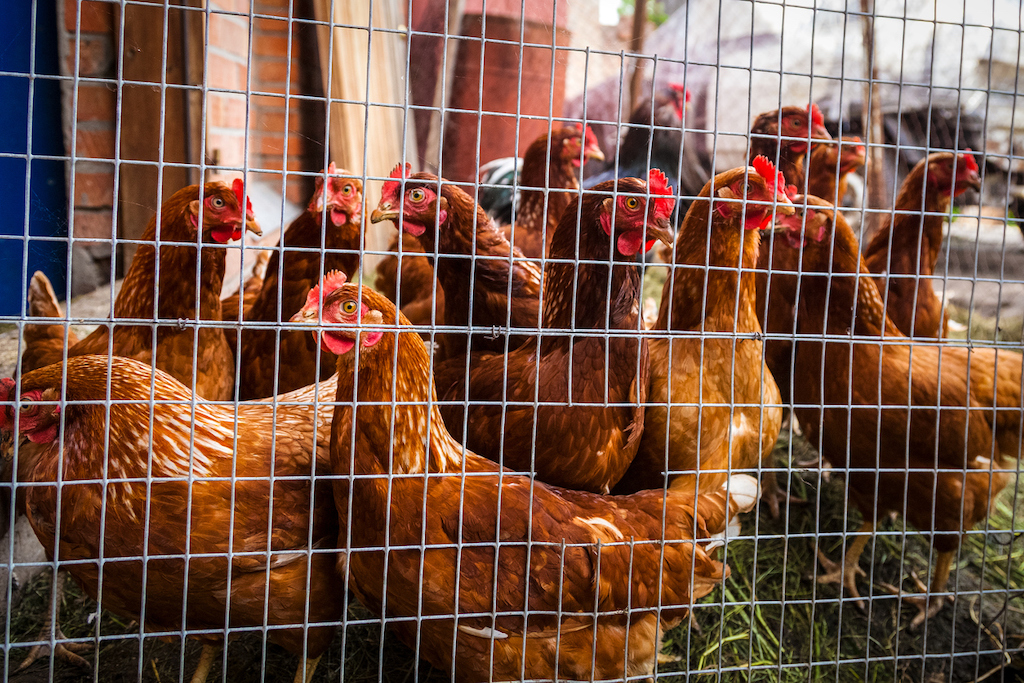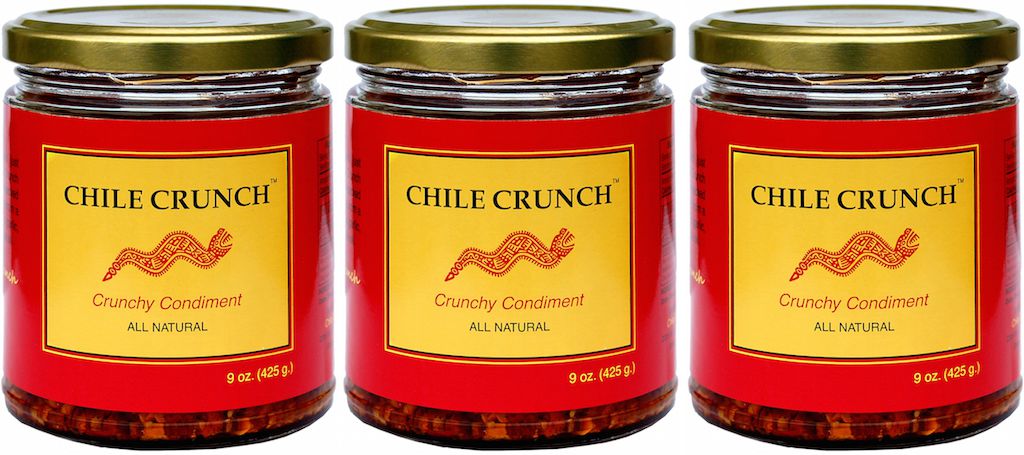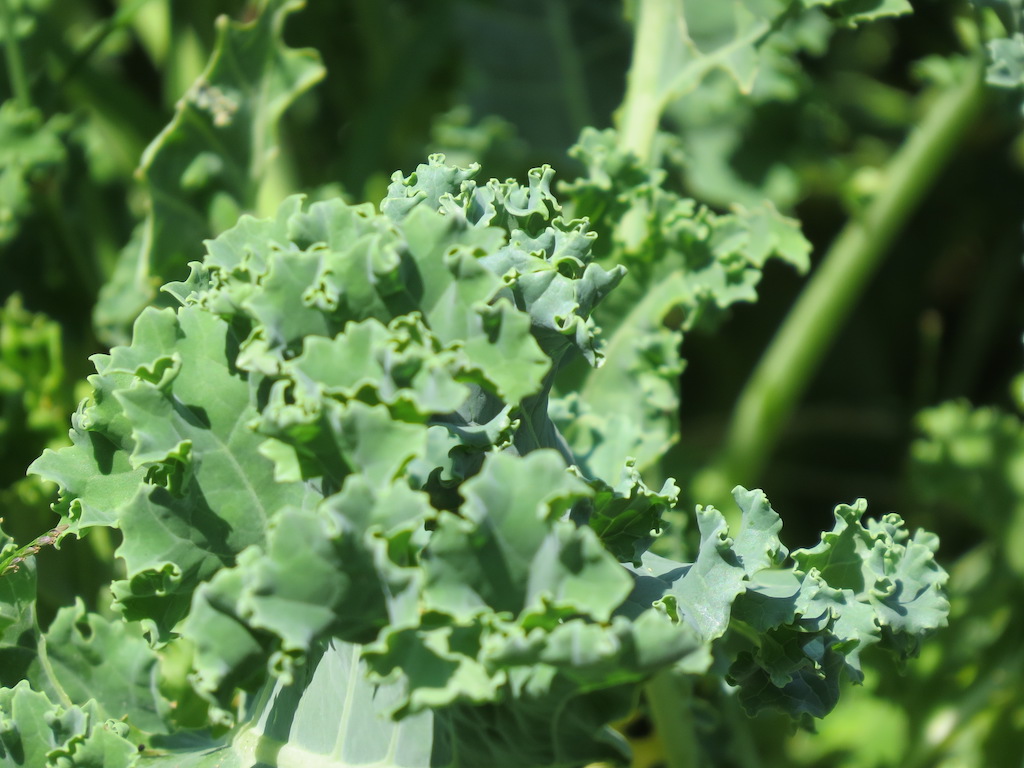How many chickens can you fit on one patch of land and still call their eggs “free range”? It sounds like a riddle, like nothing a quick back-of-the-envelope calculation can’t answer. Is it merely a question of access to the outdoors? Or do you go by square-feet-of-outdoors per chicken? Does it matter if they kill all the grass where they’d normally forage for bugs, as long as you’re feeding them pellets? If a hen feels cramped, does it behave differently than when it’s happy? Do its eggs taste better if it has 50 square feet of roaming space instead of 10?
The definition of “free range” varies across continents. In the United States, there’s no upper limit on how many chickens you can cram into a free-range system: as long as you’ve given them access to some portion of the outdoors, you’re good to go. At the other end of the spectrum, each bird in the United Kingdom is guaranteed 40 square feet to strut its stuff. It is prohibited to call a British hen “free range” if it has been raised with more than 2,500 birds per hectare (a hectare is a little less than two-and-a-half acres).
And in March of this year, Australia adopted a standard that split the difference between the U.S. and U.K., sparking a conversation about what a free-range farm actually looks like. The legal population density of free-range Aussie chickens was defined for the first time as 10,000 birds per hectare. That’s about 10 square feet per bird. Animal rights activists were furious (they had campaigned for a 1,500-bird limit), while egg producers applauded the decision.
But how much real estate does a chicken really need to be happy and healthy?
That’s a question Australian researchers recently tried to answer by monitoring chicken behavior at various population densities. In one study, published in July, they tracked how often the birds accessed the outdoors when the outdoor pens were of different sizes relative to the birds’ population. In another, published last month, they measured the levels of stress hormones in the eggs of laying hens with access to outdoor pens of different sizes. In both studies, they simulated densities of 2,000, 10,000, and 20,000 birds per hectare.
Not surprisingly, the chickens with the most room outside (2,000 birds per hectare) chose to spend the most time outdoors (about four to five hours per day). And weekly photos of the ground outside showed that while the groundcover disappeared at the densities of 10,000 and 20,000, there was still at least a little grass steadily available for the low-density population. (The research took place in winter, and the researchers hadn’t expected any new growth). The November study stopped short of measuring changes in bird health that would stem from activities like eating bugs or getting lots of exercise.
Still, the fact that the birds in the lower population density models used the outdoor space and kept the grass alive seems like an obvious argument in favor of giving chickens a little breathing room. But does extra space actually alleviate stress for the animals?
The results of the study on stress hormone levels were mixed. The eggs from the 20,000-hen-per-hectare flock exhibited the highest stress hormone level among the three groups, but there wasn’t much of a difference between the 2,000 and 10,000 densities. In fact, at one point, the 10,000-hen group had lower levels of stress hormones than those of the 2,000-hen group.
Of course, the researchers did not test actual flocks numbering tens of thousands of birds. They tested flocks of 150 and varied the sizes of the pasture proportionately. So any stress factors that would be exacerbated by being in a mass population weren’t actually able to be evaluated.
Nor could these tests help us know how to evaluate real-life differences in quality of life like barn temperature, the nutritional value of the birds’ feed, and the cleanliness of their water.
All of which leads us to recognize that the use of the term “free-range” implies a kind of ideal combination of forage, quality of egg, and animal well-being and health. But plenty of additional research needs to be done before we can convert that combo into policies and rules.
